My Daily Grindhouse readers. You come here searching for excitement. For danger. For sensuality. And we, the purveyors of cinematic sexual decadence, can provide this to you. But there is one item, one mode of movement, one style of dance that is so ribald, so erotic, so dangerous, that even to those as sultry and salacious as ourselves, it is forbidden. Shall I tell you?
No. No, I cannot. It is too forbidden. Okay, I’ll tell you. We are in dangerous times and these secrets must be revealed. But only to you.
It is… Lambada. The forbidden dance. Is Lambada.
Most cult cinephiles worth their salt are aware of the tale of Cannon films, the studio fronted by cousins Menahem Golan and Yoram Globus that conquered the ‘80s with their blanketing of theaters with the entertainingly goofy product that we’ve all come to know and love. Similarly, most know how the partnership ended with the two cousins splitting up (and Golan starting his own studio) at the end of the decade, ceasing to be on speaking terms. For a recap, check out ELECTRIC BOOGALOO or THE GO-GO BOYS, two documentaries that offer different perspectives on Cannon’s illustrious history. Go on, I’ll wait.

Similarly, most cinephiles know at least about the significance of March 16, 1990—the day that two films from the now-split cousins were released, centered around the same topic, the Lambada. The Lambada, for you folks who didn’t live through the spring of 1990, was a Brazilian dance craze of the ‘80s that became popular in Europe in 1989 with the release of the song “Lambada” by French band Kaoma. (Never mind that the song was a mixed cover of two different songs released originally in 1984, and based on a Bolivian song from 1981—it takes time and practice to find perfection!)
It was successful enough to have spurred how-to videos such as YOU CAN DANCE LAMBADA, HOW TO LAMBADA, and THE LAMBADA WORKOUT, and both Golan and Globus decided that it would make a great source for a movie, culminating in them individually greenlighting two separate Lambada-based films in the fall of 1989, both anxious to beat the other to the punch.
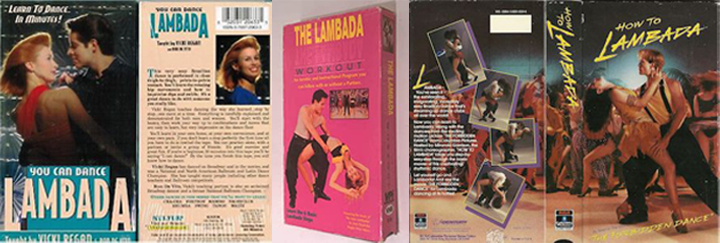
I won’t go into huge details behind the films, as Eric D. Snider summarized the dueling films’ production histories quite well in a piece five years ago on The Week for their 25th anniversaries. The two cousins kept moving up the dates of their films in order to beat the other to the bunch. Globus secured the rights to the Kaoma song. Golan countered by preventing Golan to be able to use the word “Lambada” in the title of their film, ending with Globus having to use the title THE FORBIDDEN DANCE with the words “…is Lambada!” added to the advertising to get its point across.
It was like watching a messy divorce play out in the splitting up of one single idea, and the results left no lambada enthusiast satisfied. LAMBADA opened to a ninth-place, $2.5 million dollar weekend, while THE FORBIDDEN DANCE opened to less than a million in number 16, two spots behind BLIND FURY, which had opened in just over half as many theaters. Not that there were even that many Lambada fans by that point—even the song failed to do much in the United States, hitting its peak a few weeks after the movies had opened (when they were already nearly gone from theaters) at #46 on the Billboard charts. Both films, however, are certainly fascinating viewings in retrospect and represent the differences in approach to filmmaking between Golan and Globus.
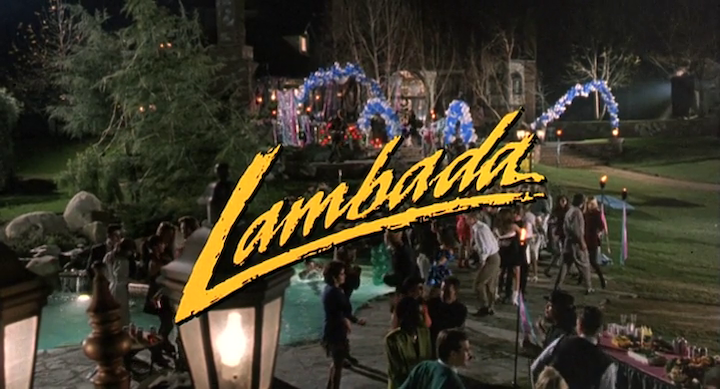
Globus’ LAMBADA, the more successful of the two by default, takes the mold established by earlier Cannon hit BREAKIN’ and mixes it with the then-popular “inspiring teacher” subgenre that was a hit in films like DEAD POETS SOCIETY and STAND AND DELIVER. Golan even brought back two essential components to the BREAKIN’ success, director Joel Silberg and dancer/choreographer Adolfo “Shabba-doo” Quinones. It sets the tone almost immediately, with the first shot in the film being a fully-clothed guy climbing out of a pool yelling “BREWSKIS!!!!”
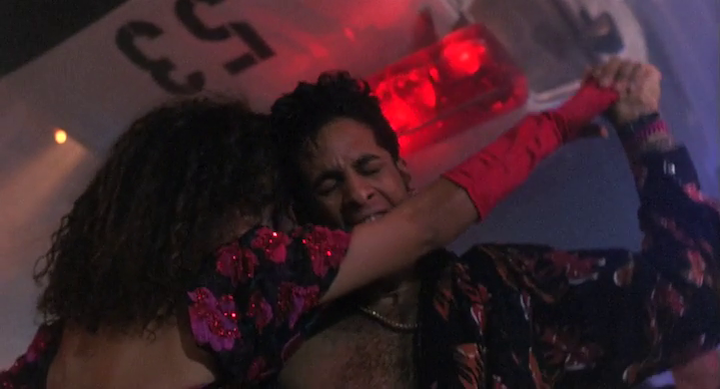
The mixture is a bit of a mess, due to a plot that was obviously concocted to get a film together as quickly as possible. J. Eddie Peck (CURSE II: THE BITE) stars as Kevin Laird, a married high school trigonometry teacher who spends his evenings as “Blade,” a motorcycle-riding “bad boy” who dances at a local club in order to get the respect of underprivileged kids at a club so he can teach them at night school to earn their GEDs. (That setup will either pull you in completely or send you running for the hills.) His life is complicated by student Sandy (future The Office star Melora Hardin, who was way too old to be a convincing high school student) having a crush on him, and discovering his secret night life through her stalking.

It’s a completely ridiculous premise, but Silberg and the cast play it with the same way that they treated the premise of BREAKIN’, and it ends up being fairly entertaining despite itself. The film oddly leans into its math components nearly as much as its musical ones, including having a scene in which Blade wins a pool game by explaining angles, having a musical number initiated by the class nerd’s* Apple computer program and climaxing in, not a dance-off, but a trigonometry contest, a finale that Roger Ebert once referred to as “one of the stupidest endings in film history.”
*The class nerd is literally called “Egghead.” That’s his name in the credits. I can almost see the script that states “real name to be entered later” next to his introduction.
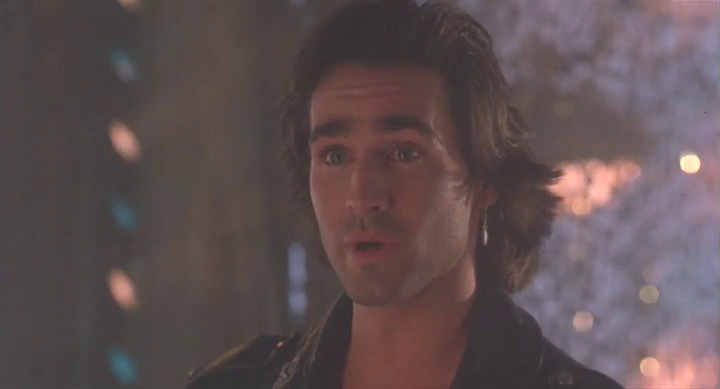
The biggest issue in retrospect (now that we can watch the premise with the retrospective eyes that are entertained by the same “flaws” that critics singled out at the time) is that the film offers very little in the way of, well, lambada. There’s a little lambada dancing, but most of the dances are diverse, which speaks well to Shabba-Doo’s talents (he also plays a would-be student of Blade’s) but doesn’t do much for the audience that may have wanted to see a lambada movie. It even addresses actual class divide issues (much like BREAKIN’) even if the reveal of Laird’s Hispanic heritage is pretty laughable.
Of the two cousins, Globus was the one more concerned about money and producing a professional product, and that shows here. Even though the plot itself is silly, it somehow never comes completely off the rails and cinematographer Roberto D’Ettorre Piazzoli (SONNY BOY, STARCRASH) makes the film at least look good. The sets are well-designed and the dance club that features in a good chunk of the film (including a police car hanging from the ceiling) makes for a vivid set piece. LAMBADA, for all of its flaws, at least feels like real studio movie.

The same can’t really be said for Golan’s THE FORBIDDEN DANCE, which is completely off the rails at all times and is all the more entertaining for it. Opening in the Brazilian rainforest where a tribe of natives finds their village invaded by trucks fronted by Richard Lynch, THE FORBIDDEN DANCE is non-stop madness for all of its 97 minutes, the combination of good intentions, unrepentant sleaze and bizarre execution making for, if nothing else, a memorable experience.
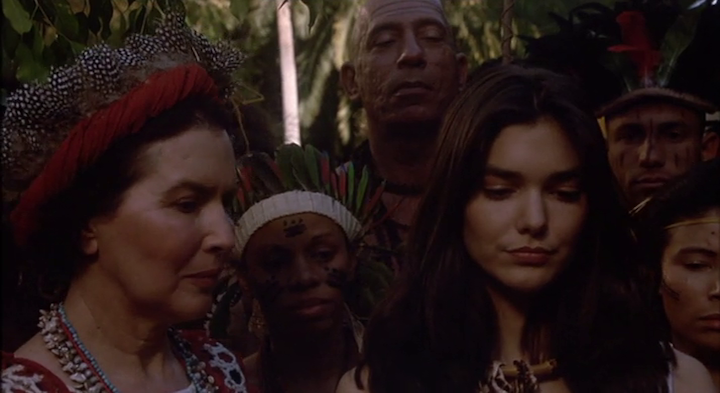
The film concerns one of the tribe’s members, Nisa (future MULHOLLAND DRIVE star Laura Harring), who goes to Los Angeles accompanied by their tribe shaman (Sid Haig!) in order to stop the aforementioned bulldozees from destroying their little portion of the rainforest. Not really having a plan at all, this leads her to become a maid for a wealthy, but racist, family in Beverly Hills, where she practices her sexy Brazilian dance moves in her room. She’s watched by the family’s son Jason (Jeff James in his only film), who soon romances her, despite the fact that his friends and family call her a wetback and warn him not to associate with the help.

After getting canned, Nisa ends up at a sleazy Hollywood “dance” club run by Mickey (Miranda Garrison, who was also the choreographer, a duty she’d pulled on Cannon’s SALSA as well) that seems to feature more strippers than actual clients. Jason’s pals find out, prompting Jason to rescue her and form a plan for her village’s survival and her life, which first includes a dance contest in order to dance with Kid Creole and the Coconuts!

THE FORBIDDEN DANCE gets sillier from there, and it’s everything you could expect from a well-intentioned dance musical from Greydon Clark, who had gotten the gig due to his work on, of all things, OUT OF SIGHT, OUT OF MIND. It has all of the subtlety and sense that you’d come to expect from the man who made SKINHEADS, punctuated by hilariously obvious dialogue, a painfully-naive-yet-highly-sexual performance by Harring, an end credit plea to save the rain forests, and Sid Haig showing up whenever it’s convenient to the plot. At bare minimum, the premise of the lambada is filled, featuring not only Kaoma’s song and several instances of actual lambada-ing, but at least three other songs with “Lambada” in the title, including Jose Feliciano’s “Lambada – The Forbidden Dance.”
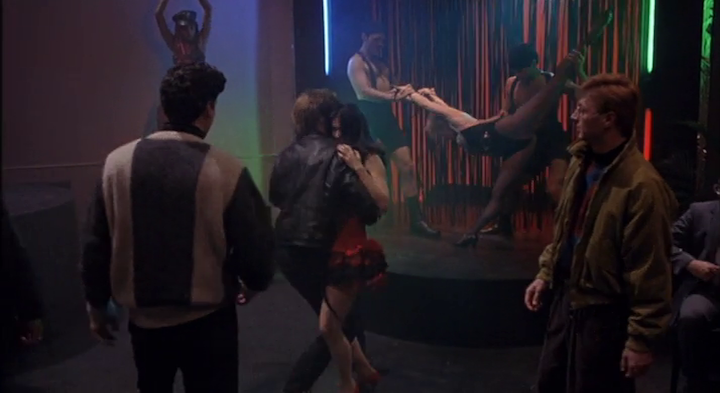
THE FORBIDDEN DANCE has Menahem Golan written all over it, with his “just go with it” attitude pretty clearly evident in the face of strange dialogue, nonsense plotlines and performance that speak to being more obvious sketches of stereotypes than actual characters. It’s closer to the type of entertainingly goofy crowd-pleaser that Cannon was known for, gleefully throwing out sleazy subplots and half-assed ideas and still trying to convince you that it’s made with a social conscience. It’s the rainforest-saving dance movie equivalent of the end of a public safety lesson at end of a G.I. Joe cartoon, and it’s fantastic.
Golan and Globus alone never reached the heights they had when they were together, and looking at the differences between LAMBADA and THE FORBIDDEN DANCE, both odd failures that were rushed into production solely due to their family rivalry, it’s easy to see why. Heck., those weren’t even the only two lambada films —an Italian film called LAMBADA was released in the States as RHYTHM AND PASSION, and a Turkish film called LAMBADA beat them to the punch by being released in 1989. Globus knew how to put together a coherent movie, while Golan knew how to really let go and have fun with it. LAMBADA and THE FORBIDDEN DANCE show both producers’ assets and flaws, and just because “dance musical” isn’t really a well-loved genre for psychotronic movie fans, their own merits as a Golan-Globus double bill shouldn’t be dismissed.
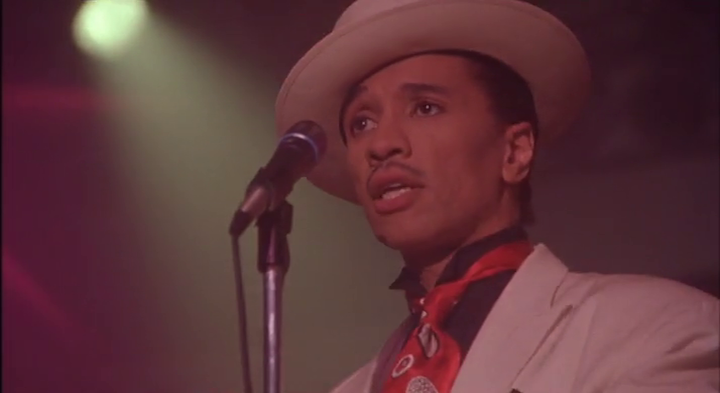
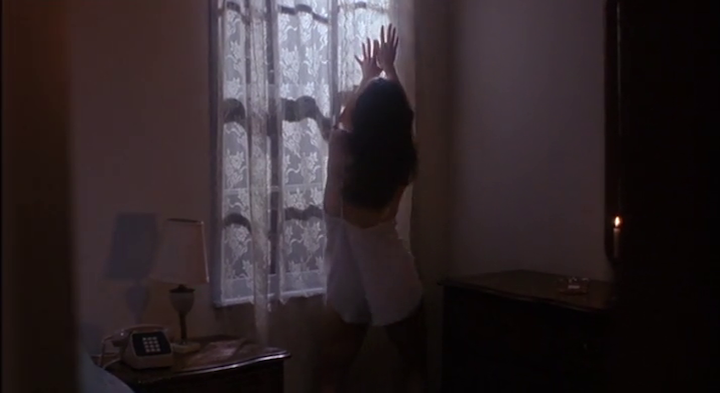
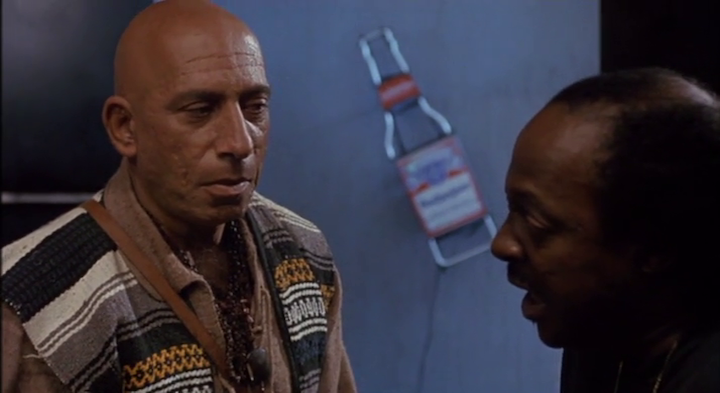
- JIM WYNORSKI RETURNS WITH THE CREATURE FEATURE ‘GILA’ - May 1, 2014
Tags: 1990, 30th Anniversary, Adolfo Quinones, Brazil, Cannon Films, Dance, Dance Craze, Fad, Golan-Globus, Golan/Globus, Greydon Clark, J. Eddie Peck, Jeff James, Joel Silberg, Kaoma, Kid Creole and the Coconuts, Lambada, Laura Harring, Melora Hardin, Menahem Golan, Miranda Garrison, richard lynch, Roberto D'Ettorre Piazzoli, Sid Haig, The Forbidden Dance, Yoram Globus

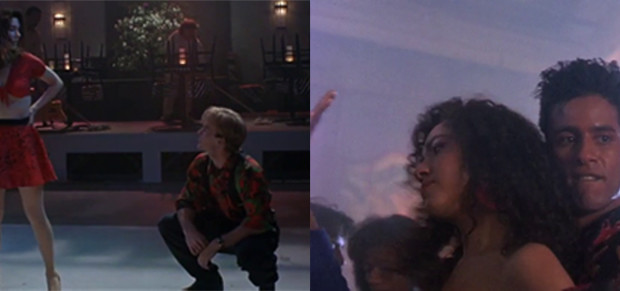

No Comments